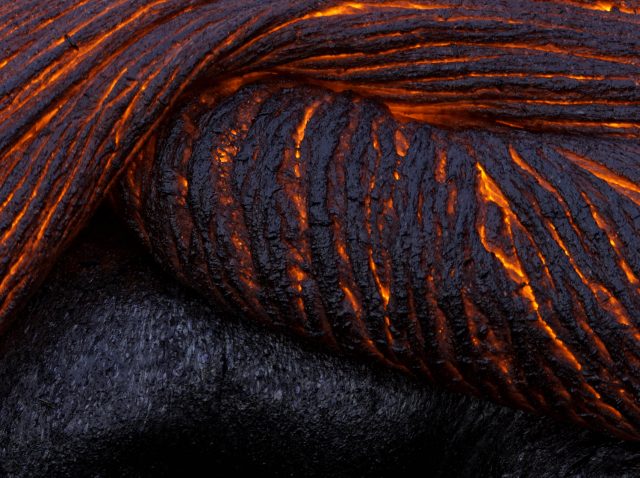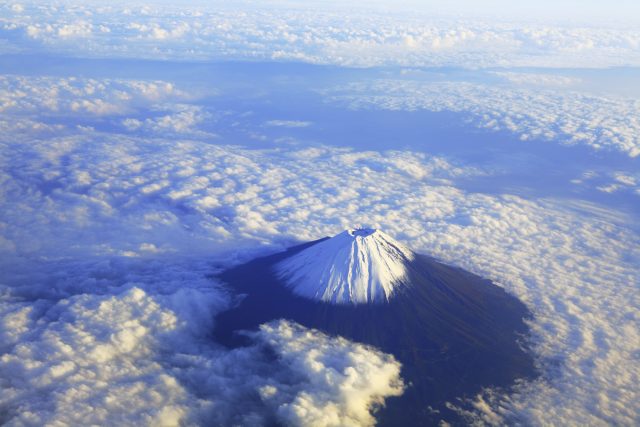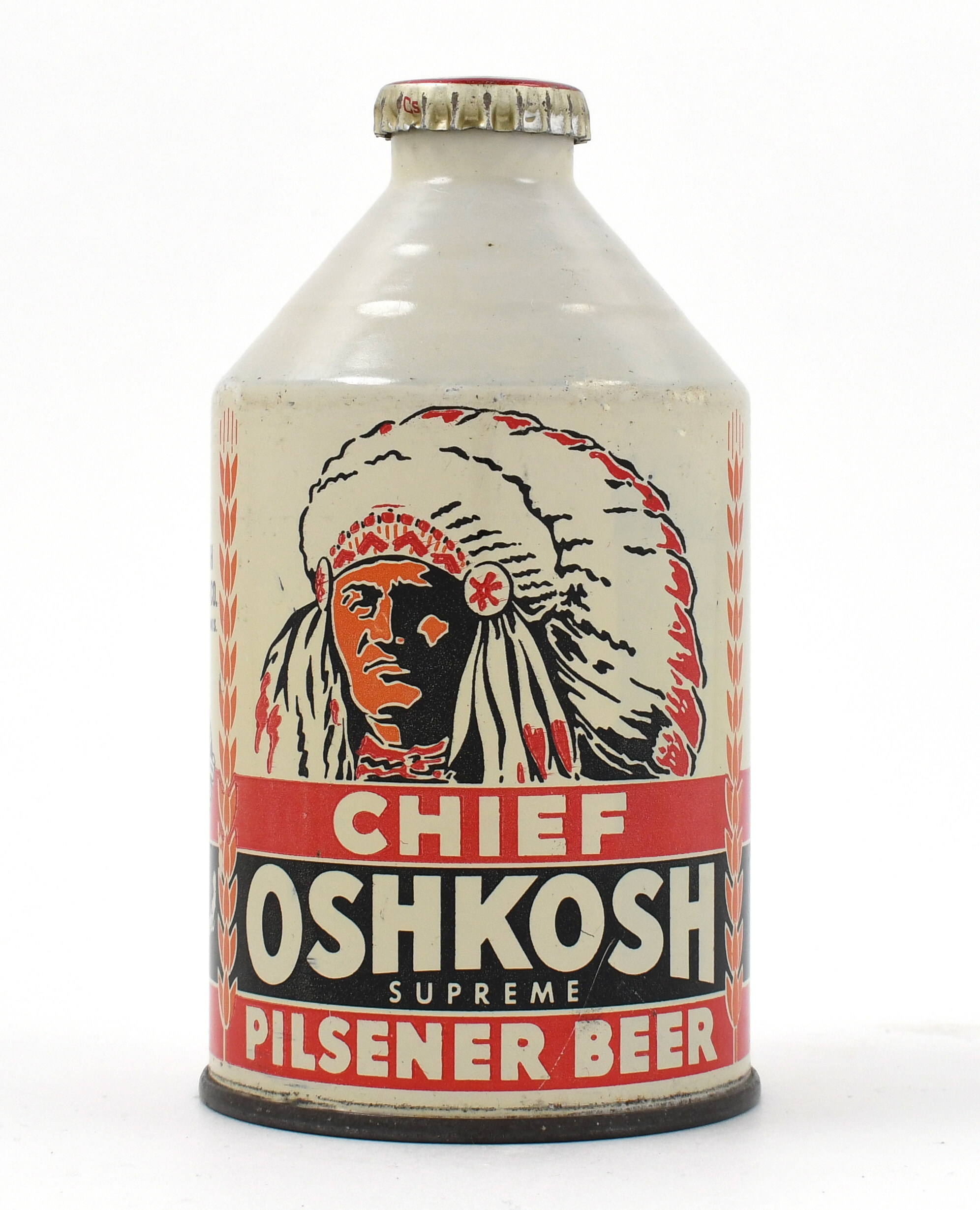The concept of volcanics unites locations as far apart as Sicily and Mount Fuji, but each region takes its own approach to planting grapes. Eloise Feilden asks producers around the world which grapes flourish in their volcanic soils.

“The grape varieties that thrive best in volcanic soils are typically indigenous ones that have adapted over centuries to the unique conditions of these environments,” says Pierangelo Tommasi, owner and executive director of Tommasi Family Estates, which recently acquired Etna wine estate Ammura and owns Paternoster in Vulture, Basilicata.
These grapes, Tommasi says, have developed a natural ability to adapt to the evolution of the soils, “allowing them to express the full potential of their terroir”.
With this in mind, we asked producers around the world what grapes grow best in their volcanic soils and why.
Lanzarote

In Lanzarote, Malvasía Volcánica, a cross between Malvasía Aromática and Marmajuelo, accounts for around 70% of the island’s production. Listán Blanco, Diego and Moscatel de Alejandría are the next most-planted grapes, all of which are pre-phylloxera, making their rootstock impressively old. In addition to these varieties, some foreign grapes have been planted in recent years, especially Syrah, which now accounts for 2% of the island’s production.
Japan
Hirose Kazutaka, business management division director and vineyard manager at Japan’s Katsunuma Winery, says that the compact nature of the clay soils in the Yamanashi area makes it “difficult for the vines to spread their roots”, slowing growth. However, Koshu, a white wine grape variety grown predominantly in Japan, is “vigorous” enough to thrive there.

Kanta Sawamura, CEO of Japan’s Fujiclair Winery, agrees. “We cultivate various grape varieties, but we believe that Koshu is the most suitable for volcanic soil,” he says of Fujiclair, also located in Yamanashi. “Koshu grapes have a strong ability to absorb the abundant minerals found in volcanic soil, resulting in wines with a distinctive mineral character and refreshing acidity. Additionally, Koshu is well-adapted to Japan’s climate and is relatively resistant to diseases, which is a significant advantage.”
Italy
Italy has several notable volcanoes, including Stromboli, Mount Vesuvius and the active Mount Etna, Europe’s largest volcano.
According to the Etna DOC, two grape varieties – Nerello Mascalese for the red wines and Carricante for the whites – have always thrived in the area’s soils.
“The two varieties, together with, in smaller quantities, the red grape variety Nerello Cappuccio, have adapted to the volcano’s sandy soil and the often dry conditions of the summer period. Each of them expresses its best characteristics on slopes of the volcano,” explains Maurizio Lunetta, director of the Etna DOC Consorzio.
Pierangelo Tommasi agrees with the DOC director. “Nerello Mascalese, used for Etna Rosso, produces elegant, mineral-driven red wines with fine tannins, vibrant acidity and complex aromas of red berries, spices and earth,” he explains. “Carricante, the main grape in Etna Bianco, excels in the high-altitude vineyards, resulting in crisp, age-worthy white wines with marked acidity, saline minerality and citrus-driven notes.”
In the Vulture region, where Tommasi Family Estates has its Paternoster winery, “Aglianico reigns supreme”.
Aglianico del Vulture, Tommasi says, is significantly different from its counterpart in Campania, made distinct by the volcanic soils that provide the plant’s nutrients. “Here, it showcases deep structure, bold tannins and great ageing potential, with pronounced minerality, dark fruit flavours and smoky, earthy undertones that reflect the volcanic terroir,” he adds.
For Piccini, too, Aglianico is the “perfect” grape for the Vulture area of Basilicata, says PR & communication manager Antonio Ciccarelli. In other parts of the country, Garganega grows best in the volcanic soils of Soave around the village of Monteforte d’Alpone, “and of course Nerello Mascalese, Nerello Cappuccio and Carricante on the Etna”.
These grapes are also grown in non-volcanic regions of Italy but, according to Ciccarelli, “they never reach the quality and the finesse” that they do in volcanic soils.
Chile
Chile is part of the Pacific Ring of Fire, home to numerous volcanoes, with 92 considered potentially active, 60 of which have had recorded eruptions in the last 450 years.
Ben Gordon, MD of Bodega Volcanes de Chile, has been trialling which international grape varieties work best in the country’s volcanic soils.
“In our case, we have found particular success with our Tectonia Pinot Noir and Chardonnay, specifically because these varieties – lighter reds or whites – tend to show better their unique sense of place, and because the latitudes where the vineyards lie are particularly suitable from a climatic point of view, where active volcanoes have had a greater influence in recent times on Chile’s landscape and where trumao soils abound,” he says. Trumao, a mix of clay and volcanic ash, is a soil type also known as San Andres in California.

 “The grape varieties that thrive best in volcanic soils are typically indigenous ones that have adapted over centuries to the unique conditions of these environments,” says Pierangelo Tommasi, owner and executive director of Tommasi Family Estates, which recently acquired Etna wine estate Ammura and owns Paternoster in Vulture, Basilicata.
These grapes, Tommasi says, have developed a natural ability to adapt to the evolution of the soils, “allowing them to express the full potential of their terroir”.
With this in mind, we asked producers around the world what grapes grow best in their volcanic soils and why.
“The grape varieties that thrive best in volcanic soils are typically indigenous ones that have adapted over centuries to the unique conditions of these environments,” says Pierangelo Tommasi, owner and executive director of Tommasi Family Estates, which recently acquired Etna wine estate Ammura and owns Paternoster in Vulture, Basilicata.
These grapes, Tommasi says, have developed a natural ability to adapt to the evolution of the soils, “allowing them to express the full potential of their terroir”.
With this in mind, we asked producers around the world what grapes grow best in their volcanic soils and why.
 In Lanzarote, Malvasía Volcánica, a cross between Malvasía Aromática and Marmajuelo, accounts for around 70% of the island’s production. Listán Blanco, Diego and Moscatel de Alejandría are the next most-planted grapes, all of which are pre-phylloxera, making their rootstock impressively old. In addition to these varieties, some foreign grapes have been planted in recent years, especially Syrah, which now accounts for 2% of the island’s production.
In Lanzarote, Malvasía Volcánica, a cross between Malvasía Aromática and Marmajuelo, accounts for around 70% of the island’s production. Listán Blanco, Diego and Moscatel de Alejandría are the next most-planted grapes, all of which are pre-phylloxera, making their rootstock impressively old. In addition to these varieties, some foreign grapes have been planted in recent years, especially Syrah, which now accounts for 2% of the island’s production.
 Kanta Sawamura, CEO of Japan’s Fujiclair Winery, agrees. “We cultivate various grape varieties, but we believe that Koshu is the most suitable for volcanic soil,” he says of Fujiclair, also located in Yamanashi. “Koshu grapes have a strong ability to absorb the abundant minerals found in volcanic soil, resulting in wines with a distinctive mineral character and refreshing acidity. Additionally, Koshu is well-adapted to Japan’s climate and is relatively resistant to diseases, which is a significant advantage.”
Kanta Sawamura, CEO of Japan’s Fujiclair Winery, agrees. “We cultivate various grape varieties, but we believe that Koshu is the most suitable for volcanic soil,” he says of Fujiclair, also located in Yamanashi. “Koshu grapes have a strong ability to absorb the abundant minerals found in volcanic soil, resulting in wines with a distinctive mineral character and refreshing acidity. Additionally, Koshu is well-adapted to Japan’s climate and is relatively resistant to diseases, which is a significant advantage.”










































































































































































